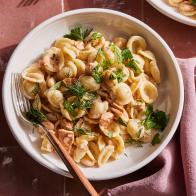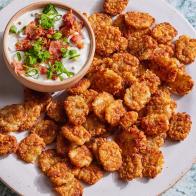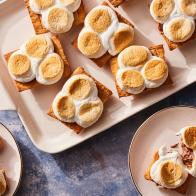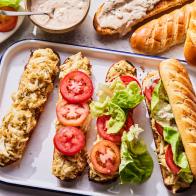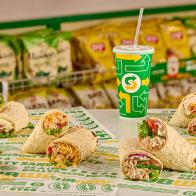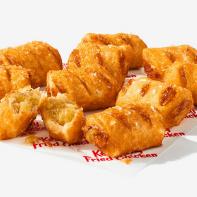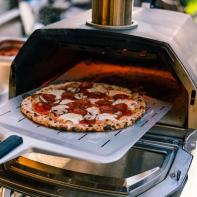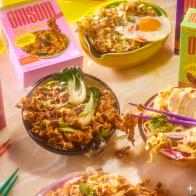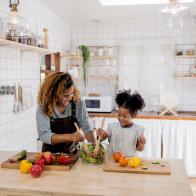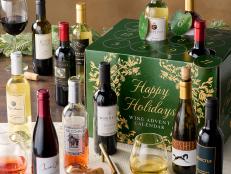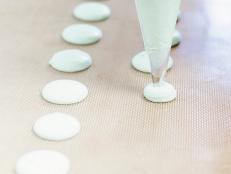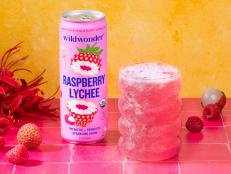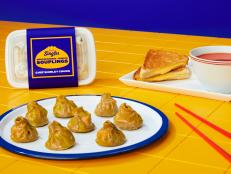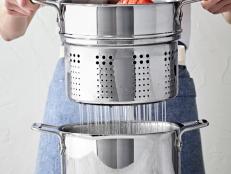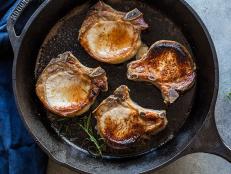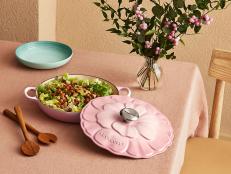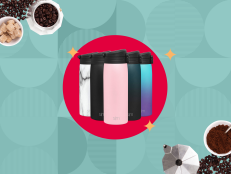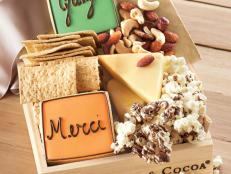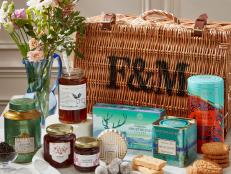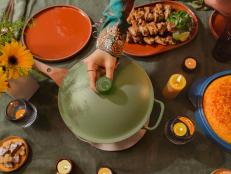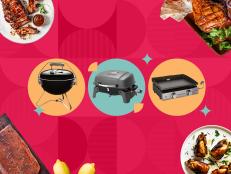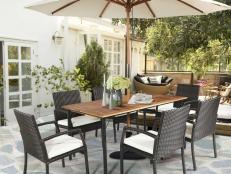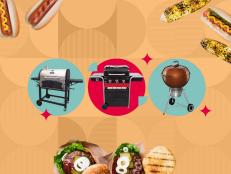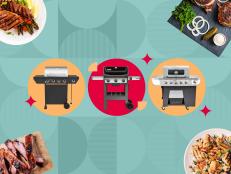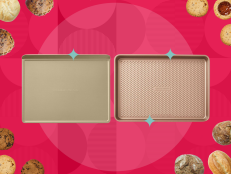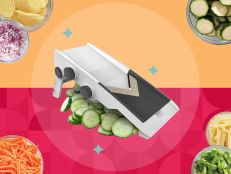Meet Ombox, A Kit That Delivers Diwali Right to Your Doorstep
For Chaitanya Patchava, and many Indian Americans, a "Happy Diwali" text just doesn’t cut it.
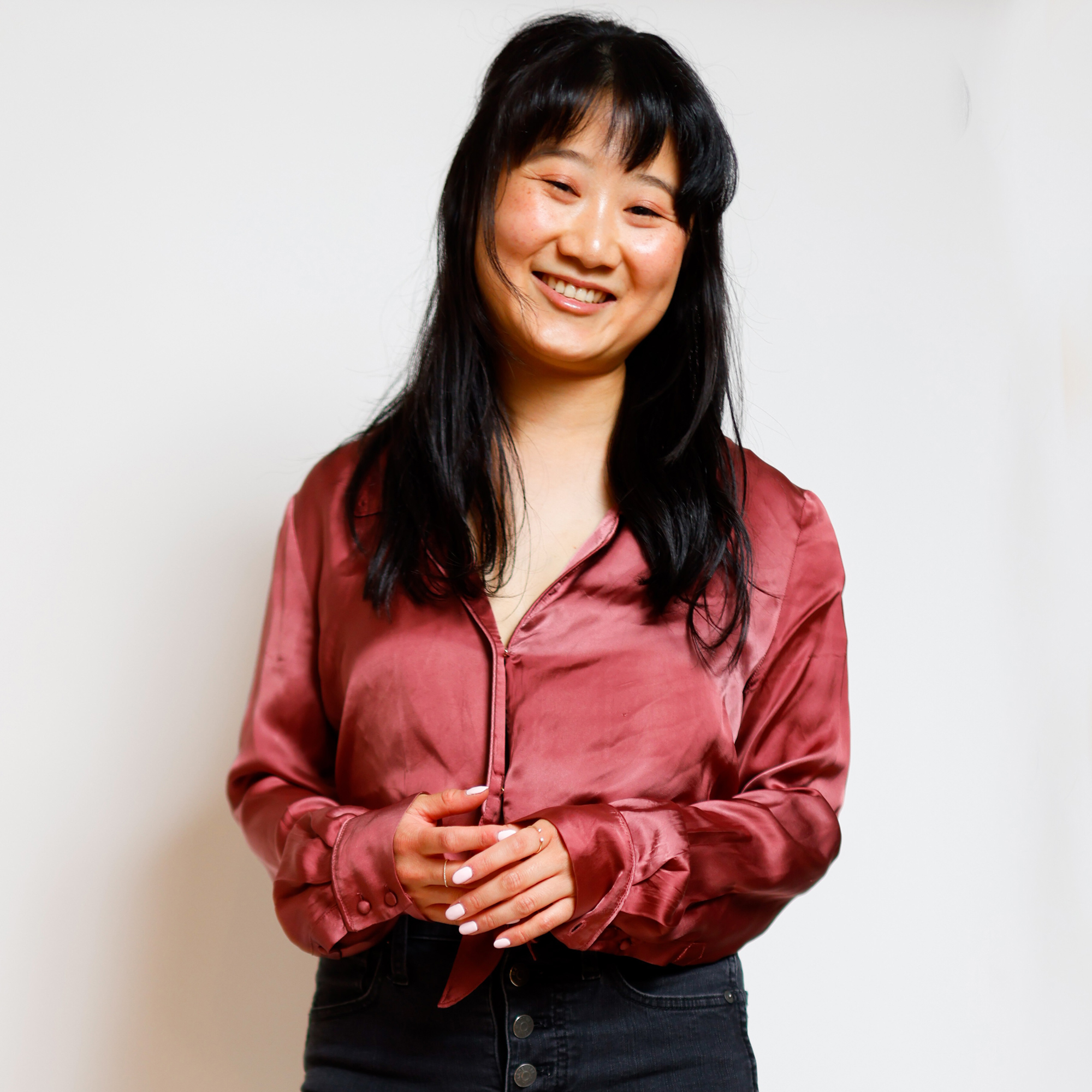

NARINDER NANU/Getty
For many children of immigrants, staying connected – and holding on – to one’s heritage can seem like a daunting task. In the instance of Diwali, the Indian festival of lights, celebrating the holiday to the fullest can be a tall order. The event spans five days, falling between mid-October and mid-November, and is typically celebrated with an abundance of festivities: lighting diyas (lamps), decorating the home, fireworks, shopping, puja (prayers), gift giving, feasts and sweets.
But for Chaitanya Patchava, and many Indian Americans, too many Diwalis have gone by with a measly “Happy Diwali” text in the family group chat.
And that’s how the idea for Ombox, a kit that contains all the essentials needed to celebrate Diwali at home, was born. “Ombox came out of a want to make it easy for people to connect with their culture,” Chaitanya, the creator of the kit, explains. And while it was sparked by an ongoing desire to keep tradition alive, it’s especially poignant this year given that many families can’t be together. “People are buying these as gifts. Because it’s a shared experience – the same kit of activities – you can still celebrate Diwali as a family.”
When he first moved to the U.S. at eight years old, Chaitanya shares that his world was “very Indian.” But everything around him was American – and as time passed, the strong connection he had to his Indian roots began to wane. Just keeping track of the dates of Diwali, determined by the Hindu lunar calendar, became difficult.
To bring Diwali across oceans, “My parents did so much on a yearly basis.” But as Chaitanya got older, he realized, “If I don’t do the same, my kids won’t have that connection to Indian culture.”
It’s an anxiety many first-generation Americans share – our parents are often our strongest, most intimate bridge to the non-American worlds that live in us. After talking to dozens of fellow Indian Americans in research for Ombox, Chaitanya found that a majority – “like 95%” – still call their mom to ask how to nail down celebrating Indian holidays.
It’s not that American kids don’t want to celebrate. It’s that for Diwali, especially, the barrier to entry can be high – you have to know the right specialty shops to get all the items or remember to order online in advance. But beyond the material hurdles, Chaitanya opened up saying, many “didn’t want to feel like imposters.” When friends asked questions about the holiday, he felt hardly equipped to answer. “I don’t exactly know what [this part] means – I just do this thing. Our parents took care of it for us.”
With a curiosity and yearning to understand his roots, Chaitanya researched the origin and multitude of ways the festival is celebrated. “India is a vast country. There’s no one way to celebrate – every region has its own specific way and format of doing Diwali.” The culmination of his research is found in Indus, a self-published magazine that aims to give customers “the context around Diwali and help them understand its significance and wisdom, even in the modern age.” It’s one of nine items included in the Ombox.
The kit also comes with diyas, the most essential element of Diwali. Lighting up the lamps represents light defeating darkness, the ray of hope on which the festival is built. There’s an array of different diya styles, but Ombox’s are clay – “because it’s the oldest.”
Customers will also find vibrantly colored powder for rangoli, plus a stencil to make creating elaborate designs easy, a QR code for a curated Spotify playlist, calming patchouli incense – and sparklers. In India, “You definitely know when it’s Diwali.” On his childhood memories of the festival, Chaitanya reminisces, “It’s fireworks galore. Non-stop from 6 p.m. to 2, 3, 4 a.m. – for multiple days. It’s a bit more restrictive now because of air pollution. But it’s a picture I could never forget – how much India lights up when Diwali is happening.”
Through his teenage years in the U.S., Diwali became parties at his uncle’s house. “We’d all dress up in Indian clothes. It was a potluck or he’d get Indian food catered. We’d hang out as a family. And we’d light sparklers – it was how our parents brought a version of Diwali back to the U.S.”

ARIF ALI/Getty
And, of course, no Diwali would be complete without food – the box includes Assam black tea, from Teamonk, and a mix of spices (nutmeg, cloves, cardamom, ginger, cinnamon), to brew masala chai. The drink is a “quintessential part of the Indian experience. It resonates across every part of India.”
To top off celebrations with something sweet, Ombox provides a spice mix and nuts to make gajar ka halwa, a sweet, carrot-based pudding. Gajar means “carrot” in Hindi, while halwa means “sweet” in Arabic. Chaitanya chose to feature this dessert because its name alone is “such a beautiful expression of the cultural amalgam that India is.” And – it doesn’t hurt that it’s “one of the most foolproof Indian desserts” he could find.
“Where possible, we’ve tried to source from India; our tea leaves are harvested in Assam, the clay diyas are handmade in Punjab, our incense made in Mumbai and Indus was designed entirely by the talented Khushboo Yadav, based in Gujrat. As we grow, we’d love to continue building out our supply chain in the country, in an ethical and sustainable way.”
Ombox makes the entire at-home Diwali experience seamless. And next year, Chaitanya is hoping to do the same for more holidays like Holi and Eid.
Chaitanya says, “I want to create a world where people are not stressed about their heritage, and it just blends into their day-to-day life.”
Related Content:

